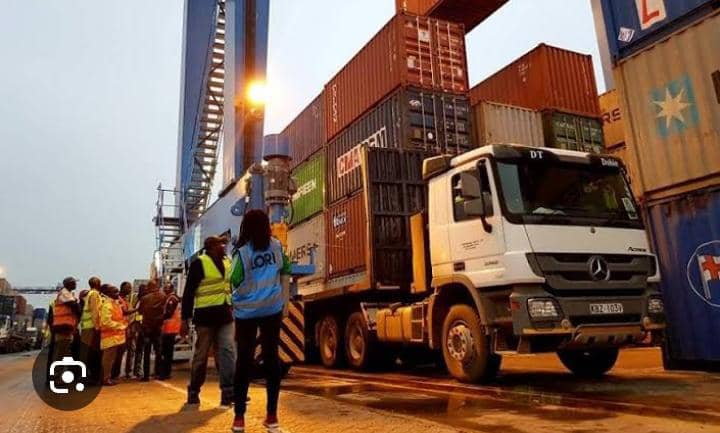Inventory management encompasses the strategies and techniques used to track a company’s stock, from raw materials to finished products, to ensure that the right products are available at the right time and in the right quantities. In Africa’s inventory management in logistics sector faces several interrelated challenges that can significantly hinder efficiency.

HIGHLIGHTS OF CHALLENGES OF INVENTORY MANAGEMENT IN AFRICA’S.
- Inadequate Infrastructure
Transportation Networks: Many regions suffer from poorly maintained roads, limited rail networks, and congested or outdated port facilities. These issues lead to delays, unpredictable transit times, and higher transportation costs.
Warehousing Facilities: There is often a shortage of modern, climate-controlled, and secure warehouses, which makes it difficult to store goods properly and manage stock levels efficiently.

- Limited Technology Adoption
Outdated Systems: Many companies still rely on manual processes or legacy systems for tracking inventory, which increases the risk of errors and makes real-time tracking challenging.
Digital Divide: In rural or underdeveloped areas, limited internet connectivity and digital literacy can hinder the implementation and effective use of advanced inventory management software.

- Complex Supply Chain Dynamics
Unpredictable Lead Times: Due to inconsistent supplier performance and logistics bottlenecks, forecasting demand becomes challenging, leading to either overstocking or stockouts.
Informal Supply Networks: A significant portion of the supply chain operates informally, which complicates data collection, standardization, and the application of best practices in inventory control.

- Economic and Regulatory Challenges
Currency Volatility and Inflation: Fluctuating currencies and inflation can distort inventory valuation, making it harder to plan and control costs effectively.
Bureaucratic Hurdles: Complex customs procedures, trade regulations, and frequent changes in policy can delay shipments and disrupt inventory cycles.

- Human Resource Constraints
Skill Gaps: There is a general shortage of professionals trained in modern logistics and supply chain management, including effective inventory control methods.
Training Limitations: Insufficient investment in education and capacity building means that many workers are not fully equipped to implement or manage advanced inventory systems.

- Data Management and Visibility Issues
Poor Data Quality: Without reliable, accurate, and timely data, forecasting demand and making informed decisions becomes extremely challenging.
Lack of Integration: Many systems across different supply chain partners are not integrated, reducing visibility and hindering coordinated efforts to manage inventory.

- Security and Risk Management Concerns
Theft and Pilferage: Inadequate security measures in warehouses and during transport can lead to significant losses.
Disruptions from Unforeseen Events: Political instability, natural disasters, and other risks can suddenly disrupt supply chains, leading to inventory imbalances.

Conclusion.
Addressing these challenges requires a comprehensive approach that includes investment in infrastructure, modernization of IT systems, improved training programs, streamlined regulatory processes, and enhanced security measures. By tackling these issues, stakeholders in Africa’s logistics sector can achieve more effective inventory management, which in turn can lead to cost reductions, improved service levels, and overall economic growth. This multi-pronged approach is essential for overcoming the current difficulties and building a more resilient and efficient supply chain system in Africa.